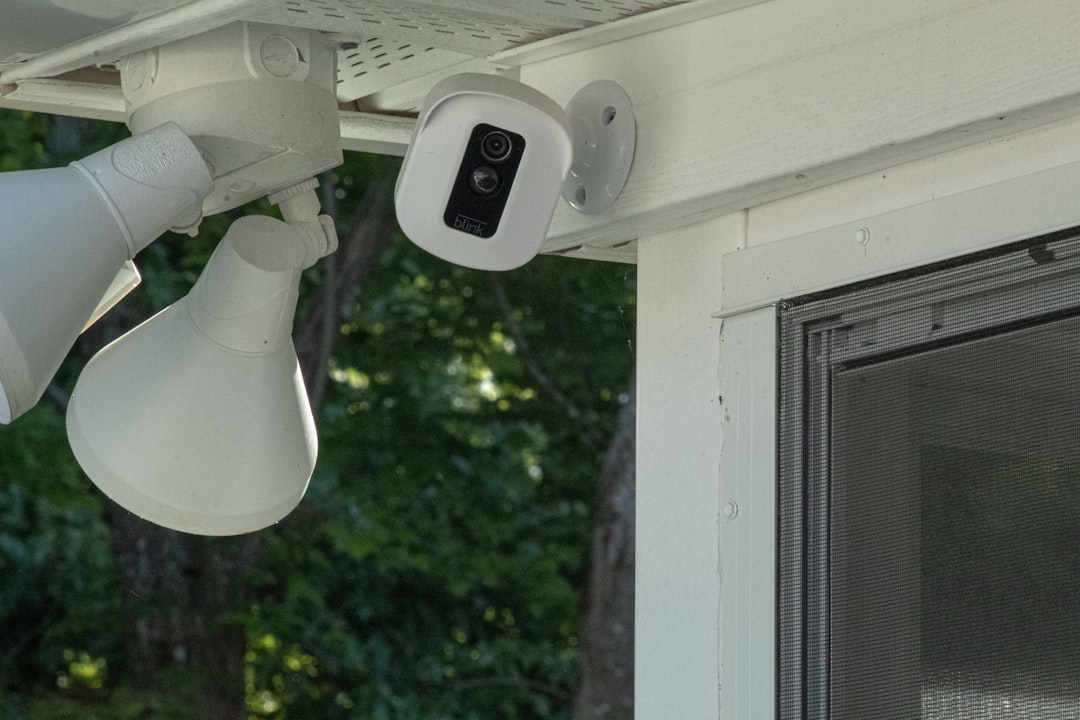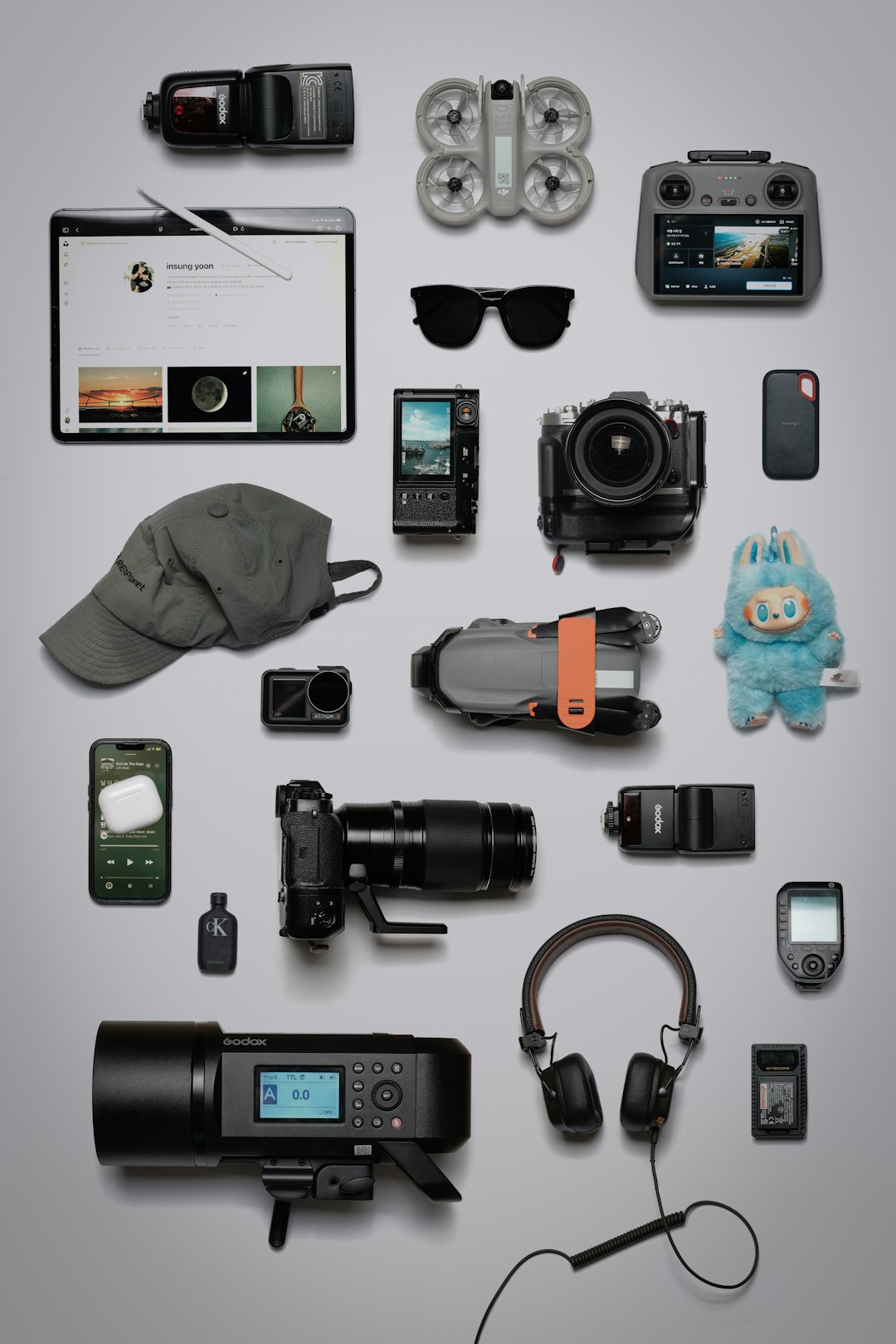Home security cameras have become essential tools for protecting property, deterring intruders, and gaining peace of mind. But as you look into purchasing or upgrading your surveillance system, you may be wondering: Do home security cameras record 24/7? The answer isn’t as straightforward as you might expect. Not all home security systems function in the same way, and understanding how footage is recorded is key to determining which setup best fits your needs.
Understanding the Basics of Camera Recording
At a high level, home security cameras typically follow one of two recording strategies:
- Continuous Recording (24/7): Captures video non-stop, regardless of activity or motion.
- Motion or Event-Based Recording: Captures video only when movement is detected or a trigger event occurs.
Each method has its advantages and trade-offs, which we’ll explore in detail. The right choice depends on your security goals, your hardware, internet connection, and storage capacity.
What is 24/7 Continuous Recording?
As the name suggests, 24/7 recording means the camera is always on and constantly recording everything it sees. This kind of setup is common in commercial properties but is also found in high-end residential surveillance systems. With continuous recording, you get a complete record of every activity, which can be crucial if an incident occurs and you need to rewind time to understand the context.
Pros of 24/7 Recording:
- Comprehensive coverage: Nothing is missed, even if there’s no movement.
- Valuable in investigations: Helps reconstruct events before or after a detected incident.
- Higher deterrent factor: Criminals are less likely to attempt a break-in when they know cameras are always rolling.
Cons of 24/7 Recording:
- High storage requirements: It quickly consumes either local or cloud storage.
- Greater bandwidth usage: For cloud systems, constant streaming can strain networks.
- Energy consumption: Continuous operation may consume more power over time.

Motion-Activated or Event-Based Recording
Far more common among consumer-grade security systems is motion-activated recording. Cameras remain in standby mode and begin recording only when motion sensors are triggered or specific sound events are detected. This method is more efficient and cost-effective for most homeowners.
Pros of Motion-Based Recording:
- Efficient use of storage: Only important moments are captured, conserving space.
- Lower bandwidth consumption: Ideal for people with limited upload speeds or data caps.
- Longer retention periods: Since only clips are stored, you can keep footage longer.
Cons of Motion-Based Recording:
- Potential for missed events: If motion isn’t detected correctly, events can go unrecorded.
- Less thorough for investigations: You won’t have footage of events leading up to or following the incident.
Cloud vs. Local Storage: How Recording Method Affects Storage Options
One major factor influencing whether a system supports 24/7 recording is how video is stored. Both cloud-based and local-storage configurations come with benefits and limitations.
Cloud Storage
Systems that save footage to the cloud are generally more flexible but have restrictions due to bandwidth and storage plan limitations. Some vendors, like Nest and Arlo, offer optional 24/7 recording plans—usually at an added monthly or annual cost.
Considerations:
- May throttle video quality due to bandwidth constraints
- May limit continuous recording to only select camera models
- Storage duration depends on subscription level
Local Storage
Systems using local storage—such as SD cards, DVRs, or NVRs—generally have fewer limitations on recording duration. However, physical storage capacities (like 128GB SD cards or 2TB hard drives) determine how much 24/7 video you can retain before it is overwritten.
Considerations:
- Provides full control without recurring fees
- Susceptible to physical theft or damage
- May require manual management of data
Which Brands Offer 24/7 Recording?
Not all home security systems support continuous video capture. Here’s a look at how some popular brands approach 24/7 capabilities:
- Nest Cam (Google): Offers 24/7 recording with a Nest Aware Plus subscription. Cloud-based footage is stored for up to 10 days.
- Arlo: Most Arlo cameras operate on motion-based events. Only specific models allow continuous recording via a paid Arlo Smart subscription.
- Ring: Primarily motion-activated. Continuous recording is not widely supported due to its cloud-first business model.
- Reolink: A popular choice for local recording. Many of their PoE and NVR-based systems offer 24/7 recording out-of-the-box.

Factors to Consider When Choosing a Recording Mode
If you’re deciding between 24/7 or motion-triggered recording, here are the primary factors to evaluate:
- Security Risk Level: Homes in high-crime areas may benefit more from 24/7 surveillance.
- Internet Reliability: Continuous recording to the cloud requires a fast, reliable connection.
- Budget: 24/7 recording often brings higher subscription and storage costs.
- Review Frequency: Do you anticipate frequently reviewing footage, or only in the case of incidents?
- Privacy Concerns: Continuous recording in areas like living rooms could raise privacy issues.
Best Practices for Managing Security Footage
Regardless of the recording style you choose, implementing a few best practices can help you get the most value from your system:
- Regularly check camera placements and angles to ensure optimal coverage.
- Set retention policies that are in line with your storage capacity and legal requirements.
- Enable alerts and notifications so you’re aware of any irregular activity.
- Maintain device firmware updates to ensure cameras function correctly and securely.
Conclusion
So, do home security cameras record 24/7? Yes, some do—but not all. The ability to continuously record depends on the brand, model, storage capability, and sometimes even your subscription plan. While 24/7 recording offers peace of mind and full visibility, it comes with greater storage and bandwidth requirements. For many homeowners, motion-based recording strikes a balance between security and practicality.
Ultimately, the right solution depends on your specific priorities. Whether it’s maximizing coverage, minimizing storage use, or ensuring quick access through cloud services, understanding the nuances of camera recording practices will help you choose an effective setup that safeguards your home and family.
